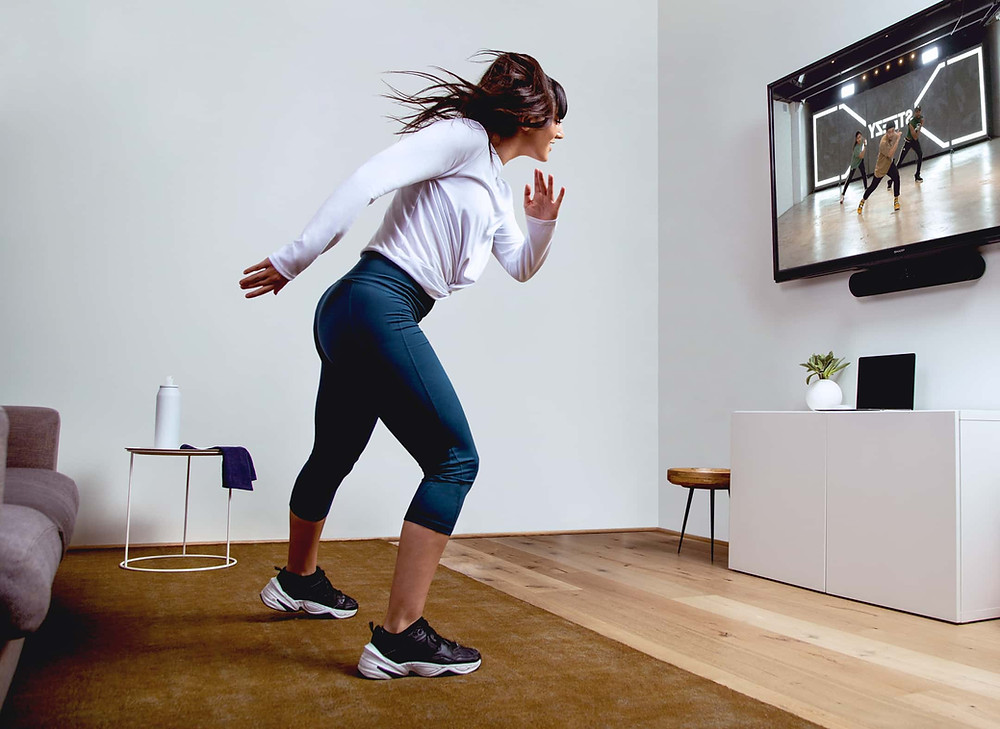Dance fitness is going digital.
Take it back now y’all. Pre-pandemic, dance studios were all the rage. Between Jazzercise classes and dance cardio workouts, exercisers across the world were breaking it down.
For decades, Zumba Fitness inspired millions to move with Latin-inspired dance classes. The program licensed thousands of instructors and grew a robust merch line, raising the company’s valuation to a rumored $500M in 2012.
Another iconic dance workout, Richard Simmons described the magic behind his legendary Slimmons Studio:
“I put a spell on people so they don’t know they’re working out… where they just don’t think about it, or overthink it, and then at the end they go, ‘Wow, I feel good.’”
Twist and work out. Indeed, for those who find regular exercise dull or difficult, dancing offers an attractive alternative to getting fit, with an added bonus of creative expression.
But in 2020, COVID hamstrung studios. Leases were dropped, closures enforced, and crucial channels of income were wiped out practically overnight. After peaking at $4.2B in 2019, the dance studio market fell sharply to $3.4B.
Pivoting to virtual, instructors looked to translate IRL studio energies into URL. After a shaky start, improvised livestreams and glitchy Zooms have given way to full-blown virtual dance platforms:
- Entrepreneurial dancers and trainers have scaled their own unique programs: see Megan Roup’s Sculpt Society and Katia Pryce’s DanceBody.
- joyn champions joyful movement for all, and FORWARD_Space promises a “a euphoric hybrid” of cardio dance, athletic training, and moving meditation.
- Dance Church has amassed an enthusiastic, grassroots following through its digital Sunday morning classes, raising $4.7M last October.
- STEEZY, an online platform for learning dance, offers monthly subscriptions for users and grew 5x during the pandemic. Last year, it added ballet, contemporary, and jazz.
Taking an omnichannel approach, Xponential Fitness acquired Anna Kaiser’s AKT in 2018, signing over 100 brick-and-mortar franchise agreements while building out its AKT GO digital platform.
Pivoting during the pandemic, 305 Fitness spun up its digital subscription and an instructor certification program. Now, in addition to physical studios, CEO Sadie Kurzban said the brand is benefiting from two additional revenue streams.
Punchline: TikTok has launched dancing into the mainstream, and many are also seeing its potential for fitness. As loneliness, depression, and inactivity peak, digital dance workouts are offering an expression of joy, fostering communities that move for the fun of it.






